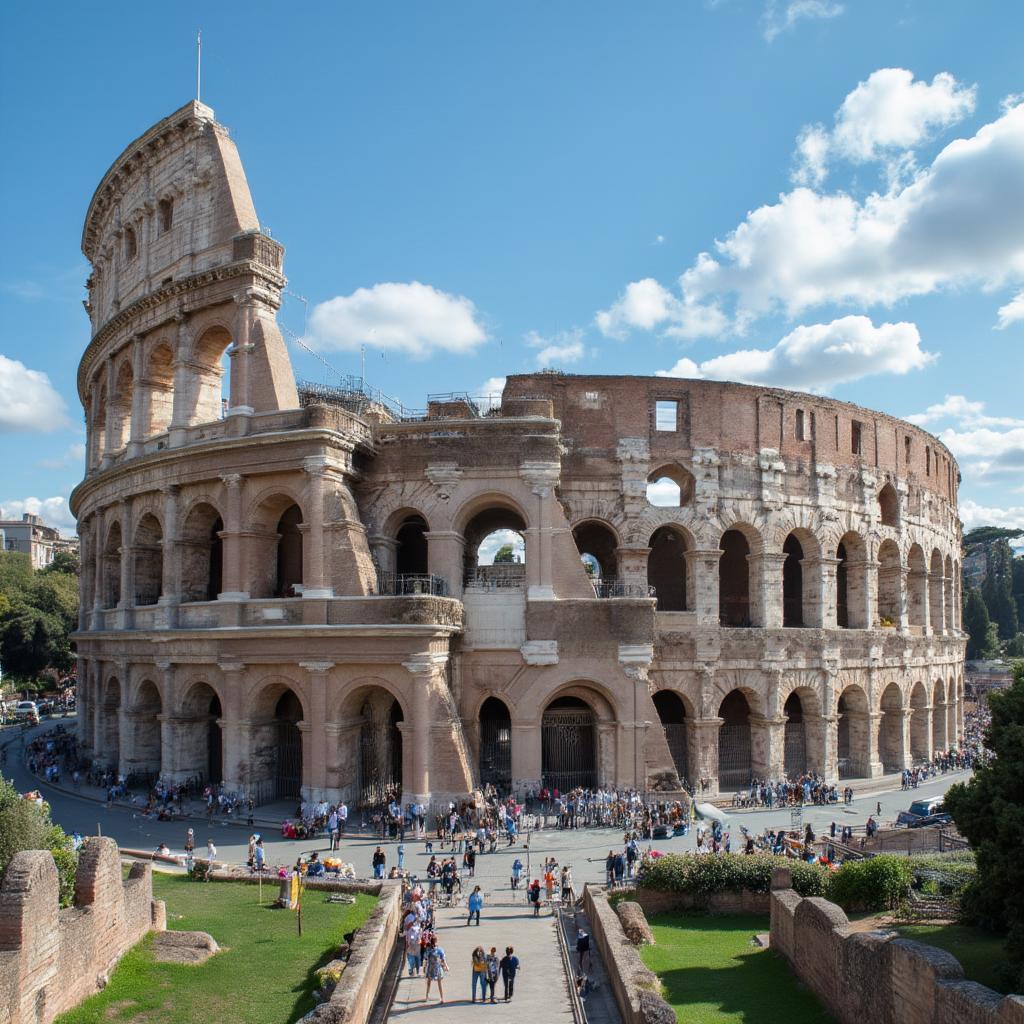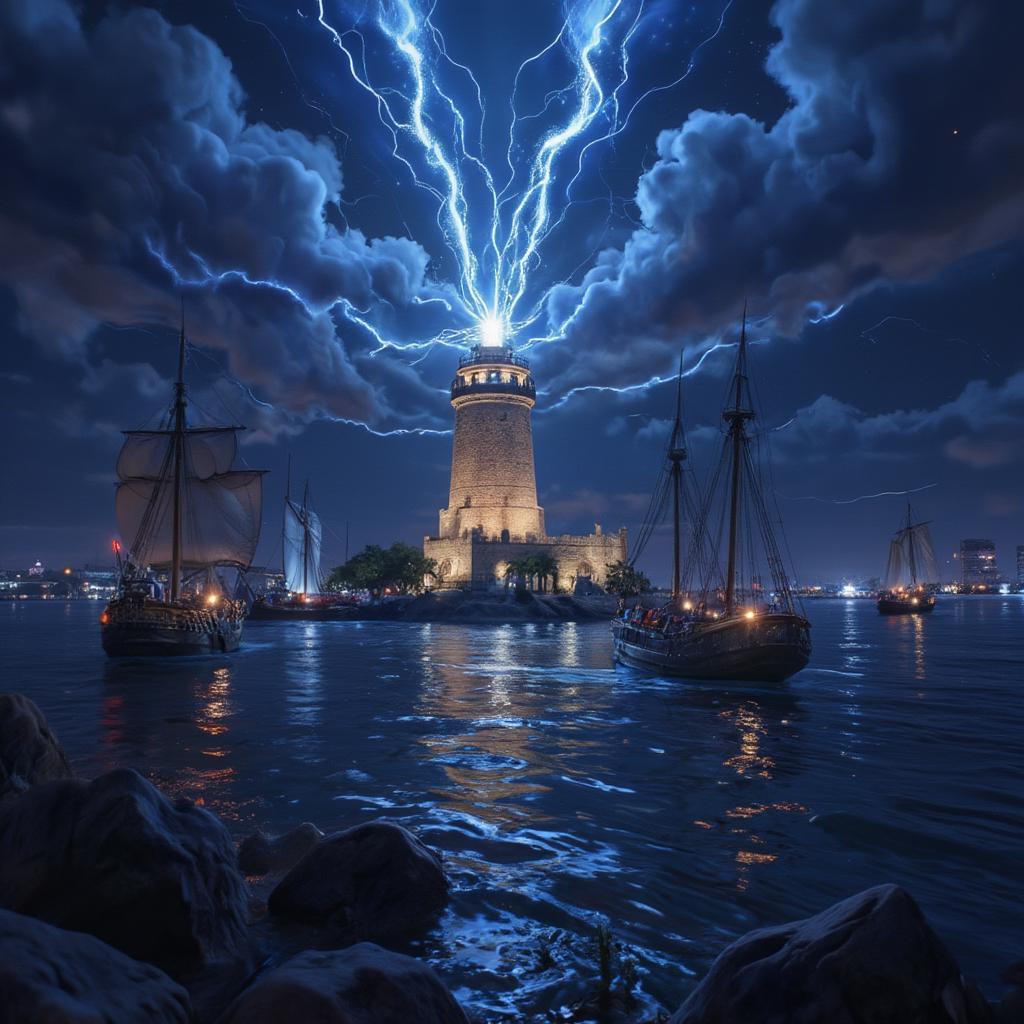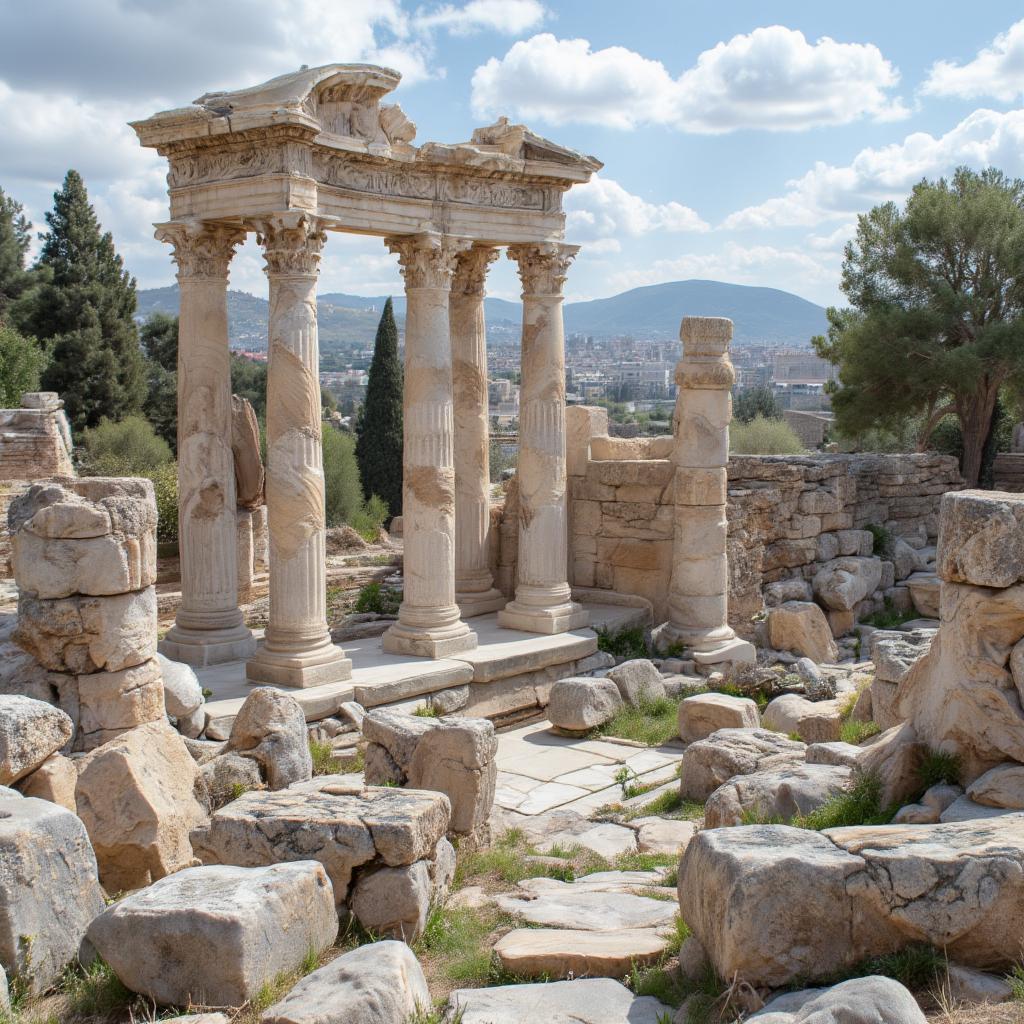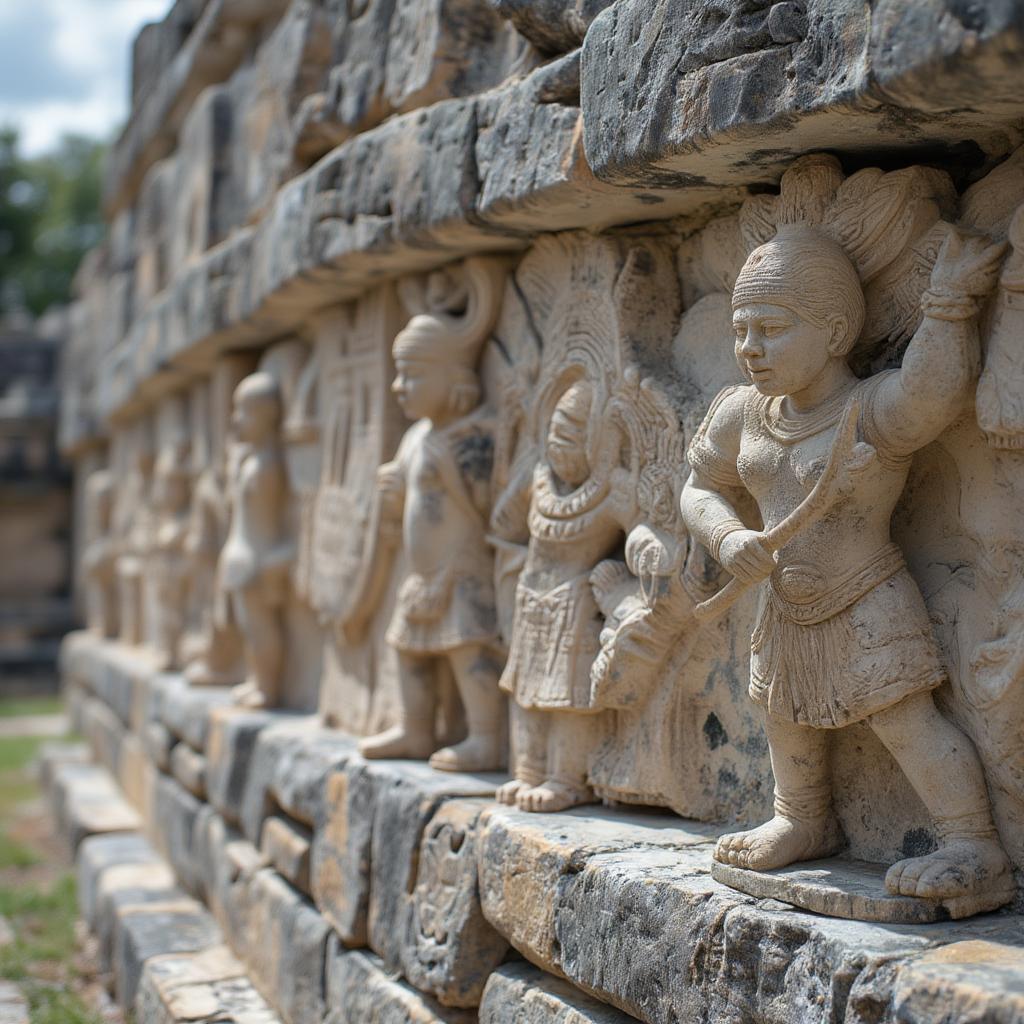Journey Through Time: Exploring the S7 Wonders of the World
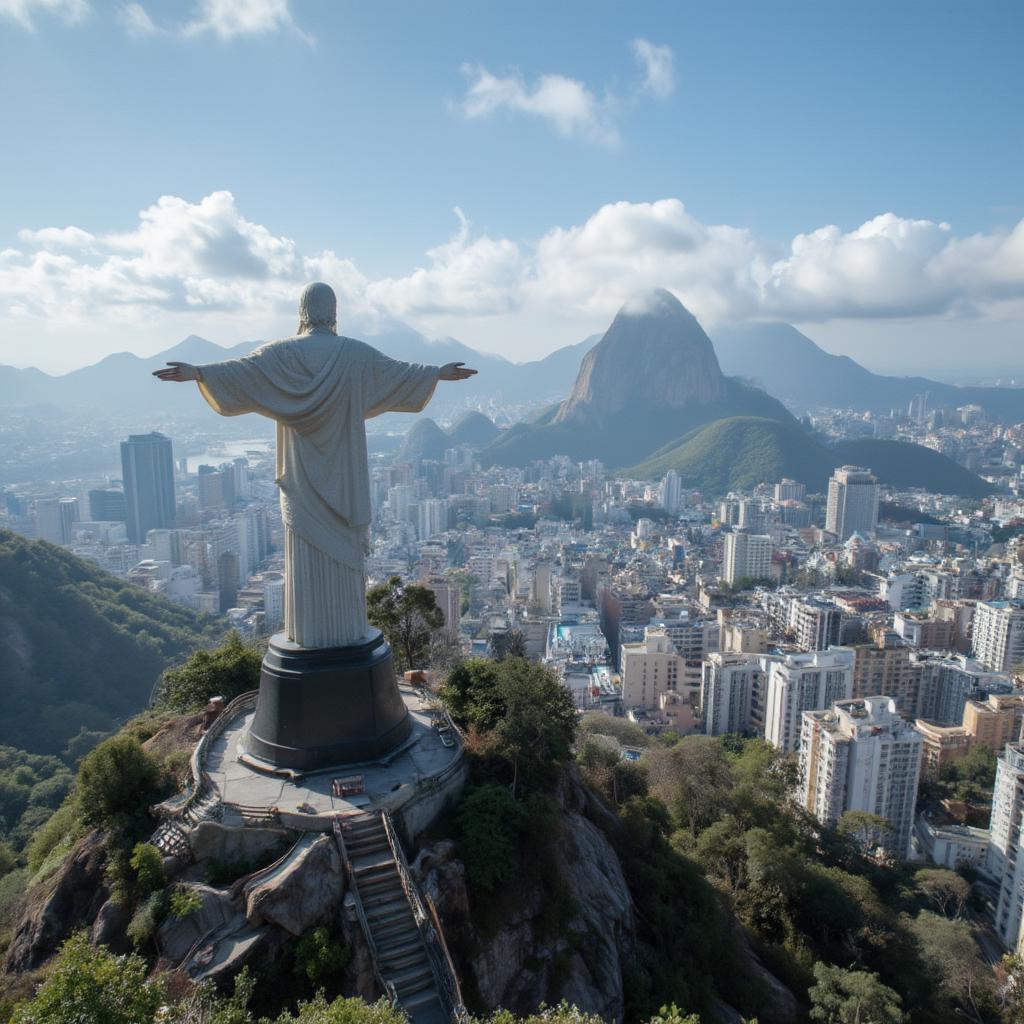
The New 7 Wonders of the World, chosen in a global poll by over 100 million votes, represent the collective heritage of human civilization. These awe-inspiring structures, spanning continents and cultures, offer a glimpse into the ingenuity, artistry, and spiritual beliefs of our ancestors. From the ancient ruins of Petra to the iconic Christ the Redeemer statue, each wonder tells a captivating story of human endeavor and achievement. This exploration delves into the history, architectural brilliance, and cultural significance of the S7 Wonders Of The World, igniting a passion for discovery and inspiring journeys to these remarkable destinations.
Unveiling the Majesty: Each of the S7 Wonders of the World
The New 7 Wonders Foundation, a non-profit organization, spearheaded the campaign to choose the New 7 Wonders of the World. The selection process, conducted through a global poll via telephone and internet, culminated in the announcement of the winners on July 7, 2007, in Lisbon, Portugal. These chosen sites embody the diversity of human civilization and stand as testaments to architectural prowess, cultural richness, and historical significance. Let’s embark on a virtual tour of these magnificent landmarks.
The Great Wall of China: A Fortification Against Time
Stretching over 13,000 miles, the Great Wall of China is a monumental testament to human perseverance and engineering ingenuity. Constructed over centuries by different Chinese dynasties, the wall served as a formidable defense against invaders. Its imposing presence snaking across diverse terrains, from mountains to deserts, is a sight to behold. Beyond its military function, the Great Wall symbolizes the unification of China and the strength of its people. What secrets does the Great Wall hold within its ancient stones? Explore the stories and facts surrounding this incredible landmark to further understand its significance.
Chichén Itzá: Where Mayan Civilization Flourished
Nestled in the heart of the Yucatan Peninsula, Mexico, Chichén Itzá stands as a powerful reminder of the Mayan civilization’s advanced knowledge of astronomy, mathematics, and art. The iconic El Castillo pyramid, a testament to their precise astronomical calculations, dominates the site. Chichén Itzá served as a major center for religious ceremonies, trade, and political power. Exploring its intricate carvings, temples, and ball courts offers a window into the rich cultural tapestry of the Mayan world. How did the Mayans achieve such architectural precision? Discover the mysteries of Chichen Itza and its connection to the cosmos.
Christ the Redeemer: A Symbol of Hope and Redemption
Perched atop Corcovado Mountain overlooking Rio de Janeiro, Brazil, Christ the Redeemer stands as a beacon of hope and an iconic symbol of Christianity. The Art Deco style statue, with its outstretched arms embracing the city, evokes a sense of peace and protection. Christ the Redeemer has become synonymous with Rio de Janeiro and is a powerful expression of faith and Brazilian identity. What inspired the creation of this monumental statue? Delve into the history and symbolism of Christ the Redeemer.

Colosseum: Where Gladiators Roared
The Colosseum in Rome, Italy, is a testament to the grandeur and brutality of the Roman Empire. This colossal amphitheater hosted gladiatorial contests, public executions, and animal hunts, providing entertainment for thousands of spectators. Its innovative architectural design, featuring arches, vaults, and a complex system of corridors, allowed for efficient crowd control and spectacular displays. Today, the Colosseum stands as a haunting reminder of Roman power and a symbol of architectural ingenuity. What stories do the walls of the Colosseum whisper? Journey back in time to the era of gladiators and Roman spectacles.
Machu Picchu: The Lost City of the Incas
Hidden high in the Andes Mountains of Peru, Machu Picchu is a breathtaking example of Inca architecture and engineering. This “Lost City,” rediscovered in the early 20th century, showcases the Inca civilization’s mastery of stonework and their harmonious integration with the natural environment. Terraces, temples, and intricate water systems reveal the sophisticated urban planning and agricultural practices of the Inca people. What secrets lie hidden within the ruins of Machu Picchu? Uncover the mysteries of this ancient civilization.
Petra: A City Carved in Stone
Located in Jordan, Petra is an ancient city carved into sandstone cliffs. This Nabataean city, a major trading hub along the Silk Road, boasts magnificent tombs, temples, and water channels, all hewn from the rock face. The iconic Treasury, with its intricate facade, is a testament to the Nabataeans’ artistic and architectural skills. Exploring Petra’s narrow siqs and monumental structures offers a journey into a lost world of desert splendor. What stories do the rock-cut facades of Petra tell? Discover the secrets of this ancient desert city.
Taj Mahal: A Monument to Eternal Love
The Taj Mahal in Agra, India, is a masterpiece of Mughal architecture and a timeless symbol of love. Built by Emperor Shah Jahan in memory of his wife Mumtaz Mahal, the Taj Mahal’s white marble facade, intricate inlays, and symmetrical design embody beauty and elegance. Its serene reflection in the surrounding pools adds to its ethereal charm. The Taj Mahal stands as a testament to the power of human emotion and the enduring legacy of love. What inspired the creation of this architectural marvel? Explore the history and artistry of the Taj Mahal.
Why Visit the S7 Wonders of the World?
Visiting the s7 wonders of the world is more than just sightseeing; it’s an immersive experience that connects us to the past and broadens our understanding of human civilization. These iconic landmarks offer a unique opportunity to witness architectural marvels, learn about different cultures, and appreciate the ingenuity of our ancestors. Each wonder holds a special significance, offering a glimpse into the history, beliefs, and artistic expressions of the people who created them.
Conclusion: Embark on Your Own Journey of Discovery
The s7 wonders of the world stand as testaments to human creativity, ingenuity, and cultural diversity. From the Great Wall of China to the Taj Mahal, each site offers a unique and awe-inspiring experience. Exploring these wonders allows us to connect with the past, appreciate the achievements of our ancestors, and broaden our understanding of the world. Plan your journey to these remarkable destinations and embark on a personal exploration of the s7 wonders of the world. Let these wonders inspire your own adventures and ignite a passion for discovery.

